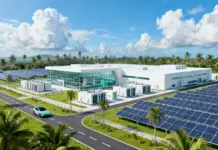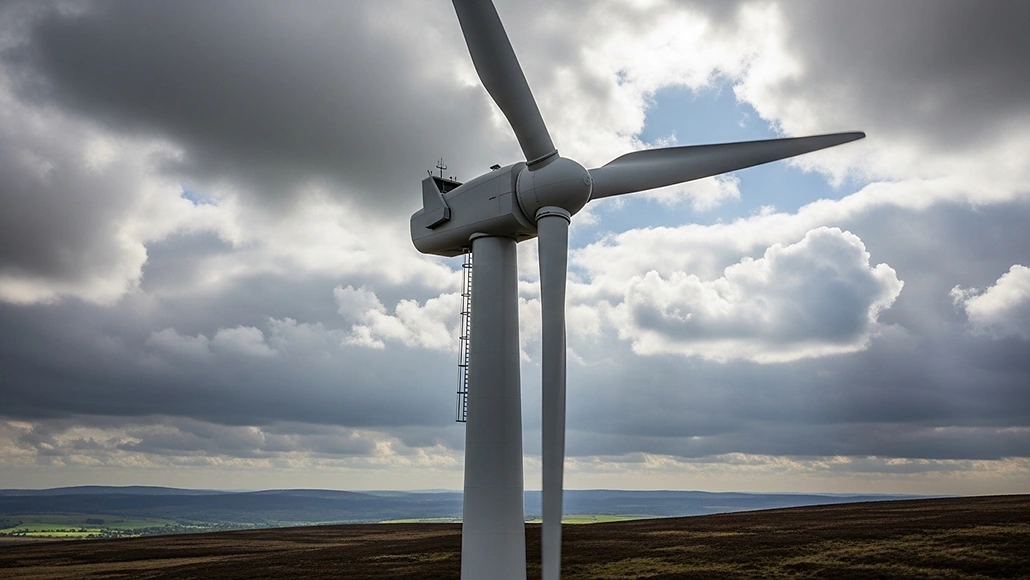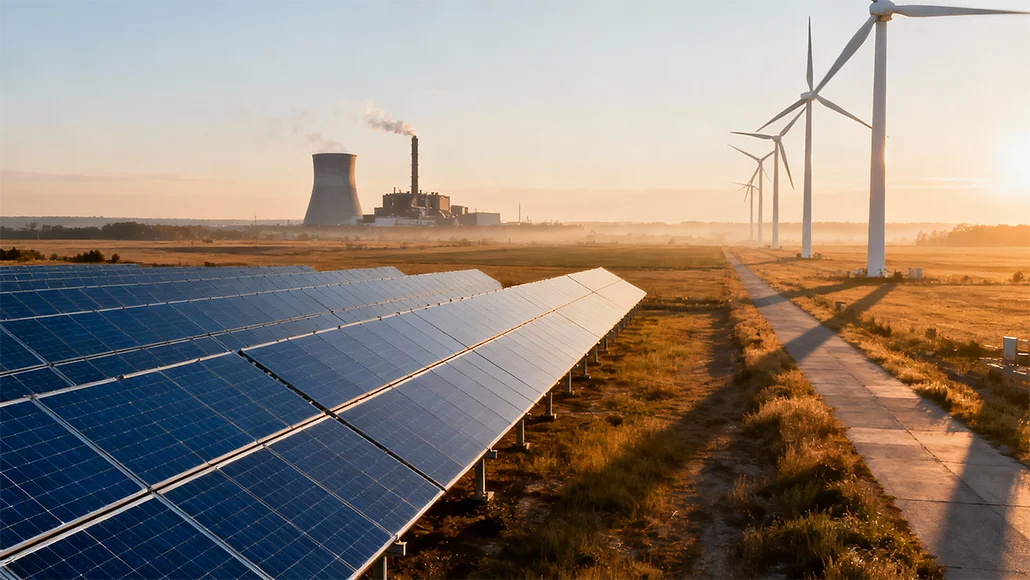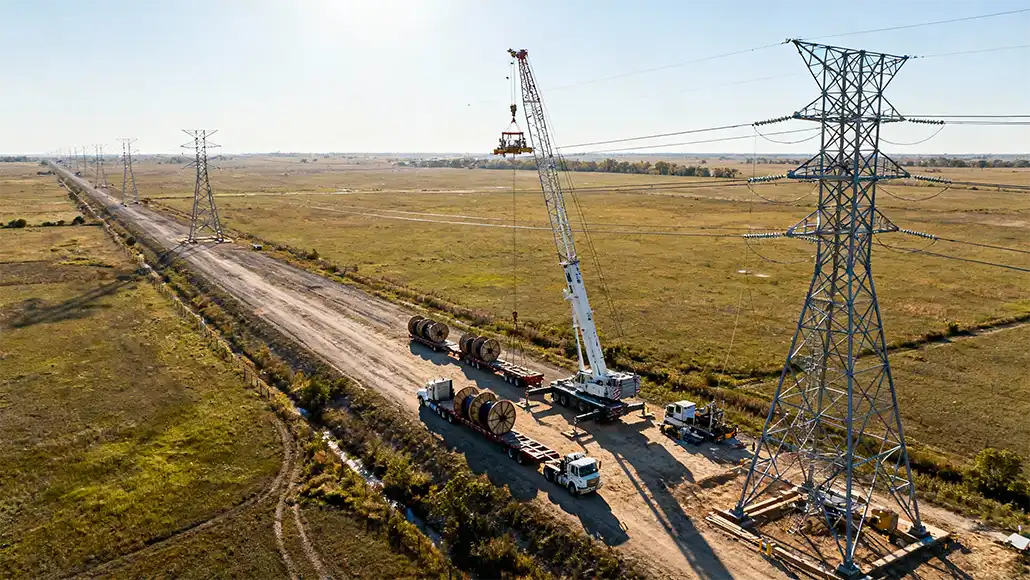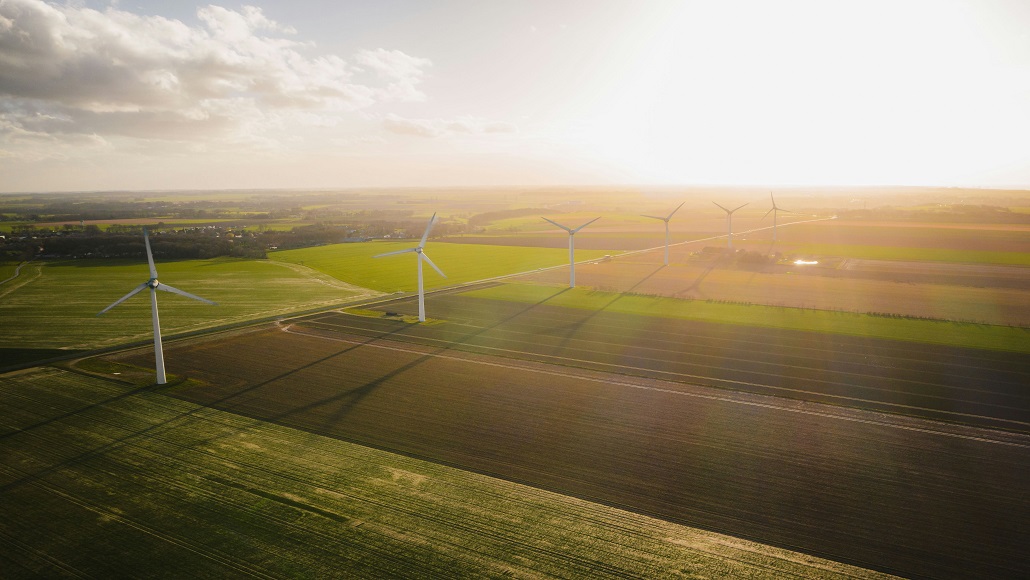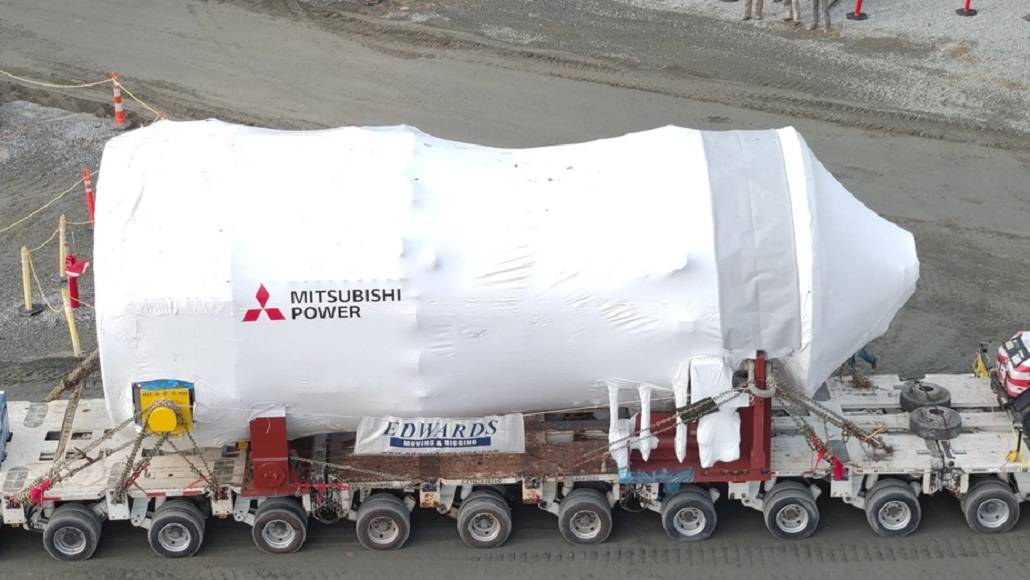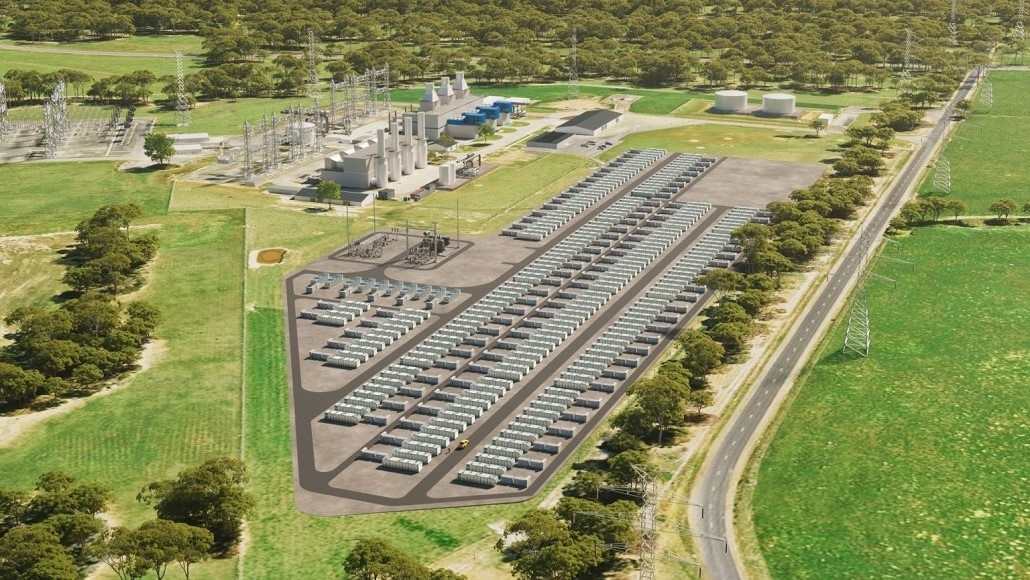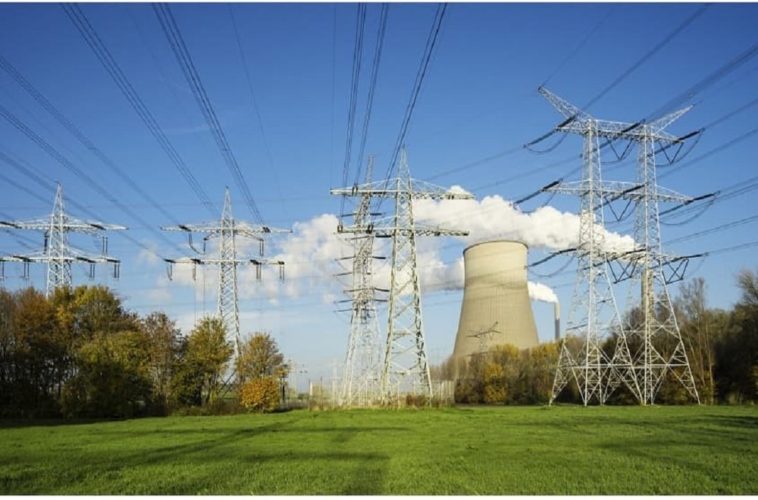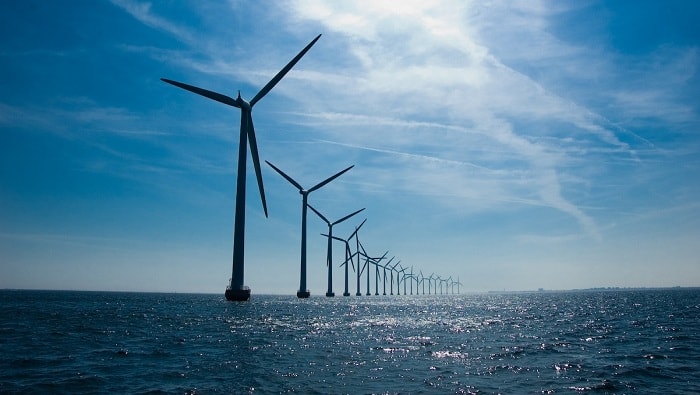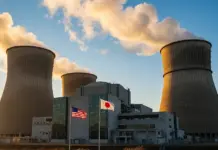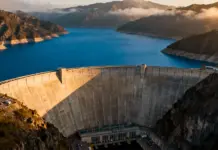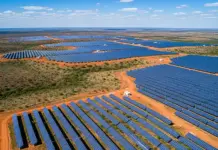Kazakhstan happens to be completely dependent on Russia as far as balancing its energy needs are concerned, and the most ideal of all the solutions is to develop a transnational electricity grid across Central Asia that is similar to that of Europe.
The Chairman of Qazaq Green Association, Nurlan Kapenov, made an appeal at one of the conferences organised by the Brussels Energy Club, where the debate brought out the massive potential that this region has when it comes to the development of green energy and at the same time laid out the facts pertaining to numerous challenges.
To illustrate the scale of the potential projects, the ambassador of Kazakhstan to the EU, Mr. Margulan Baimykhan, opined that his nation’s green shift will require investments when it comes to low-carbon tech that are estimated to be around $610 billion before 2060.
He further said that the other Central Asian collaborators, Uzbekistan, Kyrgyzstan, Tajikistan, as well as Turkmenistan, have been facing funding requirements for their s own green transition.
Apparently, the speakers from Kyrgyzstan and Tajikistan stressed hydropower projects; Uzbekistan was more inclined towards solar; and Turkmenistan focused on hydrogen created from gas.
That said, Kazakhstan still heavily relies on fossil fuels and coal and also boasts of an advanced green hydrogen project executed by the Svevind Energy Group based in the western part of the nation, nearby the Caspian Sea.
As per Kapenov, Kazakhstan did take comfort in green energy in 2018, the year when it went on to introduce the auction system under which companies across the world would be able to take part. As of date, 200 companies from a total of 13 countries have gone on to take part in such auctions, thereby resulting in the establishment of 130 renewable energy projects with a total installed capacity of 2.5 GW.
Notably, Kazakhstan Gas has also gone on to set itself a target of 15% share when it comes to renewables in its own energy mix by the end of this decade, 50% by 2050, and a whopping 80% by 2060.
As per Kapenov, the targets look achievable; however, the big issue happened to be the cheapest coal in the world, which is extracted in Kazakhstan across open mines. If the present low prices in terms of energy for households were threatened by more expensive sources of energy, there would surely be a risk of social tension.
This price has been kept artificially low by the majority of governments, which went on to discourage power plant users from adopting modernity.
However, the biggest problem of all was the shortage when it comes to flexible capacity in Kazakhstan in terms of balancing the energy produced through renewable sources.
Kapenov says that they are today totally dependent on the Federation of Russia when it comes to balancing energy. He adds that coal generation isn’t flexible specifically for Kazakhstan, a country where 70% of the total electricity comes from coal. In terms of the theory, he added that flexible generation can be achieved only with big hydroelectric plants and gas power plants.
He feels that the most ideal solution is to come up with a transnational energy grid with the brother nations that is based on the EU model, where the countries happen to be balancing their requirements across borders.
As per him, there should be one system operator for Central Asia. He adds that Kazakhstan happens to have an evolutionary model when it comes to introducing green energies, and on the other hand, Uzbekistan, its neighbour, works on a revolutionary model that began later but has already reached Kazakhstan levels.
European Bank for Reconstruction and Development representative, Vidim Sinista, was asked if the bank was interested in funding a transnational electricity grid, as said by Kapenov, to which he gave a positive reply. He opined, however, that such projects had not yet been given consideration.
The representative of DG International Partnerships of the EU, Stefano Signore, said that the commission’s objective was to support renewable development and also help with regional cooperation across Central Asia.
It is well to be noted that fossil fuels still happen to dominate the central part of Asia more than any other region of the world, said a senior advisor of the Brussels Energy Club, Mehmet Ogutcu. There is indeed the potential to create green energy, however, financial resources are the need of the hour. He added that Central Asia may not be able to do it on its own, highlighted the requirement to modernise the electric grid from the ageing Soviet era, and also warned about corruption as an issue that the nations of the region need to thwart. Fostering regional collaboration is the key to instilling trust among investors.






